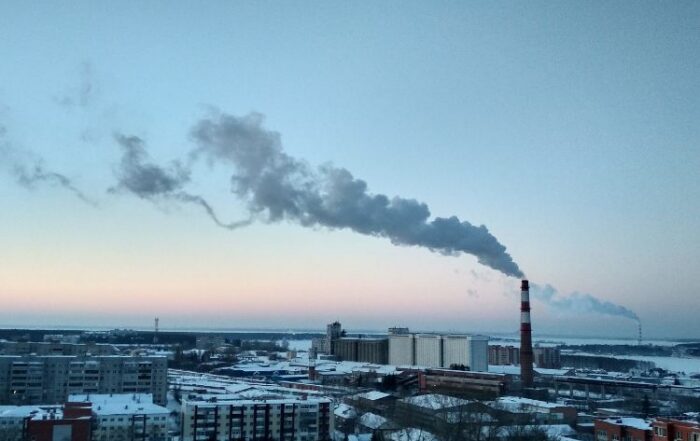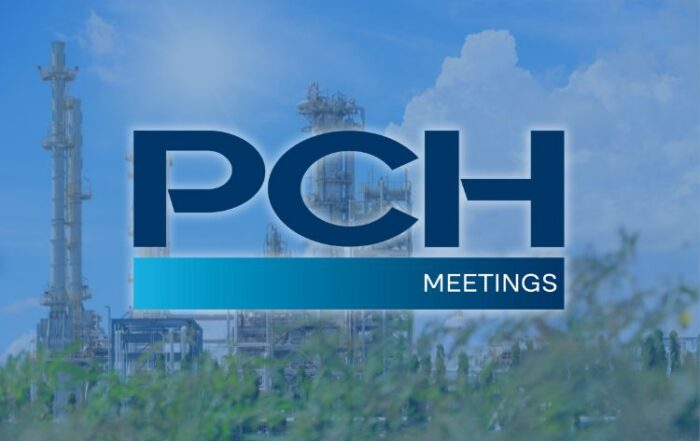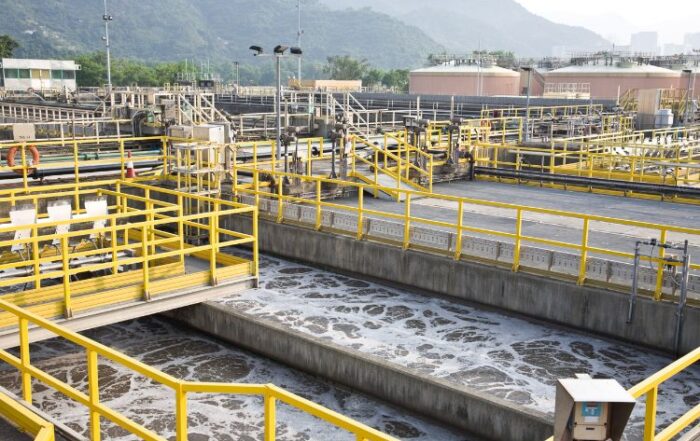
Adsorption High Performance: TECNIUM-K
Gas treatment and odor control by means of high performance media. Includes adsorptions using impregnated activated aluminas combined with various types of activated carbon and zeolites.
In most cases, the pollutants contained in gases have very low perception thresholds (mercaptans, VOCs, H2S, …) and some materials can adsorb and fix them to its surface, thanks to its high porosity and intermolecular attraction forces.
The use of high performance medias adsorbs a broad spectrum of pollutants, due to the combination of different absorbing materials. TEC-K material composed of carbon and impregnated zeolites and T-AL/TC consisting of impregnated aluminas and thermally activated adsorber. This combination facilitates the dual action of adsorption and initial oxidation and final alkaline neutralization obtaining a great high efficiency.
They have the advantage of having a higher capacity for adsorption of pollutants than traditional activated carbon, and a larger spectrum of contaminants that can be removed. Also can work with gases with high moisture contents.
Advantages
- Applicable on saturated gases up to to 95% humidity at full efficiency
- High efficiency in gases with presence of VOC’s, H2S, NH3, R–SH, R–NH
- Easy to assemble
- Low maintenance costs (regeneration, renewal and energy consumption)
- Reduced space lay-out
Applications
It is a technology used in the treatment of lower-medium flows, such as:
- Industrial applications with high variety and pollutant concentration
Downloads:
Gas Treatment Catalogue – English – 2.22 MB
More information
Give us your contact details and we will advise you on the best solution for your application.
View also
How Gas Scrubbing Technologies Will Drive Decarbonisation in the Chemical Sector
Decarbonisation as the Urgent Challenge for the Chemical Industry The chemical industry is entering one of the most transformative decades in its history. As regulatory pressure intensifies and global climate targets advance, [...]
Tecnium to attend PCH Meetings 2025 in Lyon
Leading Innovation in Chemical Process Equipment Tecnium will participate in the 21st edition of PCH Meetings, the leading international business convention for process, chemical, petrochemical, and pharmaceutical industries, to be held on [...]
Magnetic Drive Pumps: The Science Behind Leak-Free Chemical Transfer
Why Magnetic Drive Technology Matters In industrial environments where safety, reliability, and chemical containment are critical, even a small leak can have major consequences. Traditional centrifugal pumps, which rely on mechanical seals [...]
Biofiltration for Air Pollution Control
Introduction to Biofiltration and Air Pollution Control Air pollution control is a persistent challenge across multiple industries — from wastewater treatment to chemical manufacturing, food processing, and beyond. As regulations grow stricter [...]
ECHA 2025 Report
Why the ECHA 2025 Report Matters The European Chemicals Agency (ECHA) plays a central role in regulating the safe use of chemicals across the European Union. Through its guidance, risk assessments, and [...]
A Key Element for Environmental Protection in WWTPs
Why Gas and Odour Emissions in WWTPs Are an Environmental Issue Wastewater treatment plants (WWTPs) play a critical role in safeguarding public health and the environment. However, the treatment process itself can [...]
Green ammonia: The fuel of the future
What is green ammonia and how is it produced? Green ammonia is an environmentally friendly alternative to conventional ammonia, produced without fossil fuels or carbon emissions. While traditional ammonia synthesis relies on [...]
Chemical sector decarbonisation
How Scrubbing Technologies can help Despite growing environmental awareness and ambitious climate targets, the chemical industry remains one of the most fossil-fuel-dependent sectors in Europe and beyond. From ammonia to methanol, production [...]








